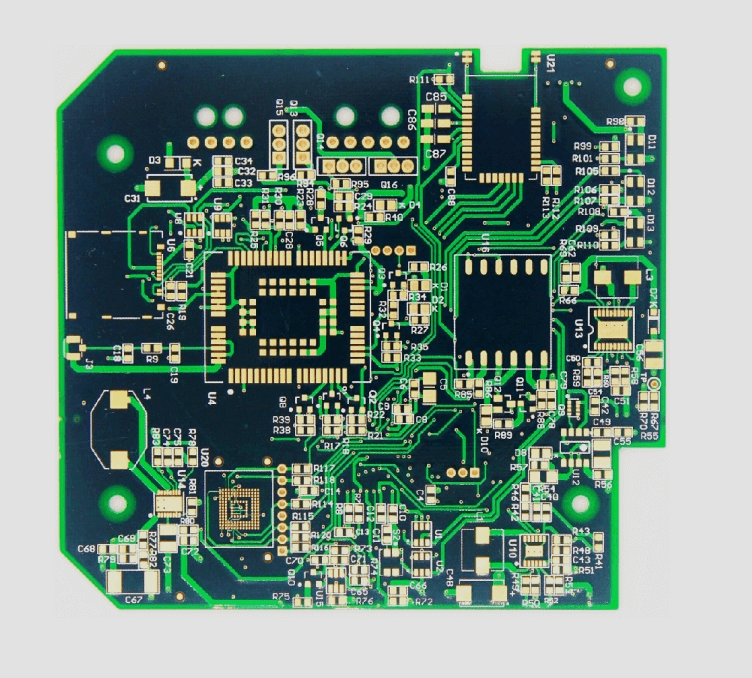
Layer PCB
According to the PCB number of layers, the circuit board can be divided into three categories: single layer PCB, double layers PCB and multi layers PCB.
single layer PCB: When the other side of the PCB is concentrated on the other side of the board, the components are concentrated on the other side. Because the wires only appear on one side, this PCB is called single sided. Because the single panel has many strict restrictions on the design of the circuit (because there is only one side, the wiring can not be crossed, and it must take a separate path), so only the early circuits used this kind of board.
double layers PCB: This kind of circuit board has wiring on both sides of the board, but to use the wires on both sides, it is necessary to have proper circuit connection between the two sides. The "bridge" between these circuits is called a via. A pilot hole is a small hole in a PCB filled with or coated with metal, which can be connected to wires on both sides. Because the area of the double-sided panel is twice as large as that of the single panel, the double panel solves the problem of staggered wiring in the single panel (it can be connected to the other side through holes), so it is more suitable for more complex circuits than the single panel.
multi layers PCB: In order to increase the area of wiring, multi-layer boards use more single or double-sided wiring boards. The printed circuit board (PCB) with one double-sided as inner layer, two single-sided as outer layer, two double-sided as outer layer, two single-sided as outer layer and two single-sided as outer layer are alternately connected by positioning system and insulating bonding materials, and the conductive patterns are interconnected according to the design requirements, which is also called multilayer printed circuit board. The number of layers of the board does not mean that there are several independent wiring layers. In special cases, empty layers are added to control the thickness of the board. Usually, the number of layers is even and contains the two outermost layers. Most of the motherboards are 4 to 8-layer structure, but in theory, nearly 100 layers of PCB can be achieved. Most of the large supercomputers use a fairly multi-layer motherboard. However, because this kind of computer can be replaced by many ordinary computer clusters, the super multi-layer board has been gradually abandoned. Because the layers in the PCB are closely combined, it is not easy to see the actual number, but if you carefully observe the motherboard, you can still see.
